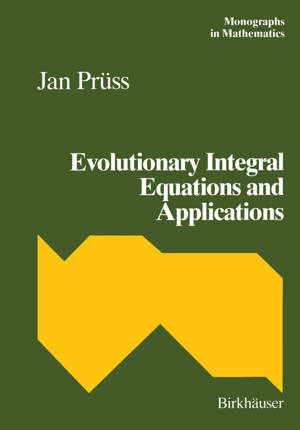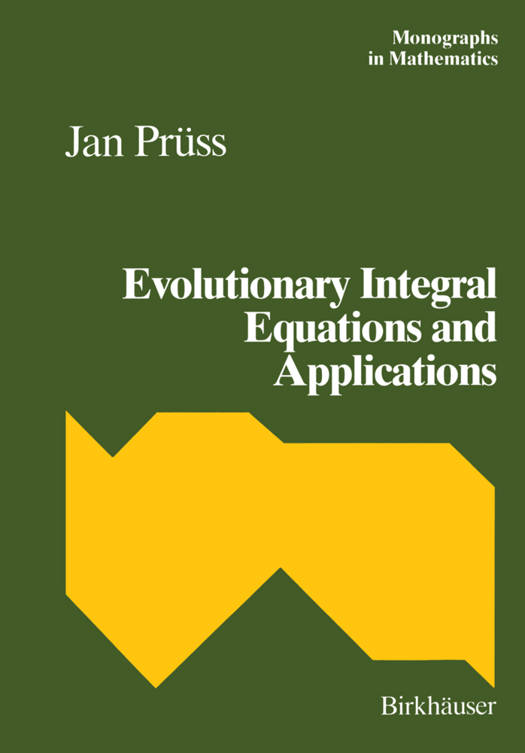
- Afhalen na 1 uur in een winkel met voorraad
- Gratis thuislevering in België vanaf € 30
- Ruim aanbod met 7 miljoen producten
- Afhalen na 1 uur in een winkel met voorraad
- Gratis thuislevering in België vanaf € 30
- Ruim aanbod met 7 miljoen producten
Zoeken
Omschrijving
During the last two decades the theory of abstract Volterra equations has under- gone rapid development. To a large extent this was due to the applications of this theory to problems in mathematical physics, such as viscoelasticity, heat conduc- tion in materials with memory, electrodynamics with memory, and to the need of tools to tackle the problems arising in these fields. Many interesting phenomena not found with differential equations but observed in specific examples of Volterra type stimulated research and improved our understanding and knowledge. Al- though this process is still going on, in particular concerning nonlinear problems, the linear theory has reached a state of maturity. In recent years several good books on Volterra equations have appeared. How- ever, none of them accounts for linear problems in infinite dimensions, and there- fore this part of the theory has been available only through the - meanwhile enor- mous - original literature, so far. The present monograph intends to close this gap. Its aim is a coherent exposition of the state of the art in the linear theory. It brings together and unifies most of the relevant results available at present, and should ease the way through the original literature for anyone intending to work on abstract Volterra equations and its applications. And it exhibits many prob- lems in the linear theory which have not been solved or even not been considered, so far.
Specificaties
Betrokkenen
- Auteur(s):
- Uitgeverij:
Inhoud
- Aantal bladzijden:
- 366
- Taal:
- Engels
- Reeks:
- Reeksnummer:
- nr. 87
Eigenschappen
- Productcode (EAN):
- 9783034896856
- Verschijningsdatum:
- 23/08/2014
- Uitvoering:
- Paperback
- Formaat:
- Trade paperback (VS)
- Afmetingen:
- 170 mm x 244 mm
- Gewicht:
- 635 g

Alleen bij Standaard Boekhandel
+ 195 punten op je klantenkaart van Standaard Boekhandel
Beoordelingen
We publiceren alleen reviews die voldoen aan de voorwaarden voor reviews. Bekijk onze voorwaarden voor reviews.








